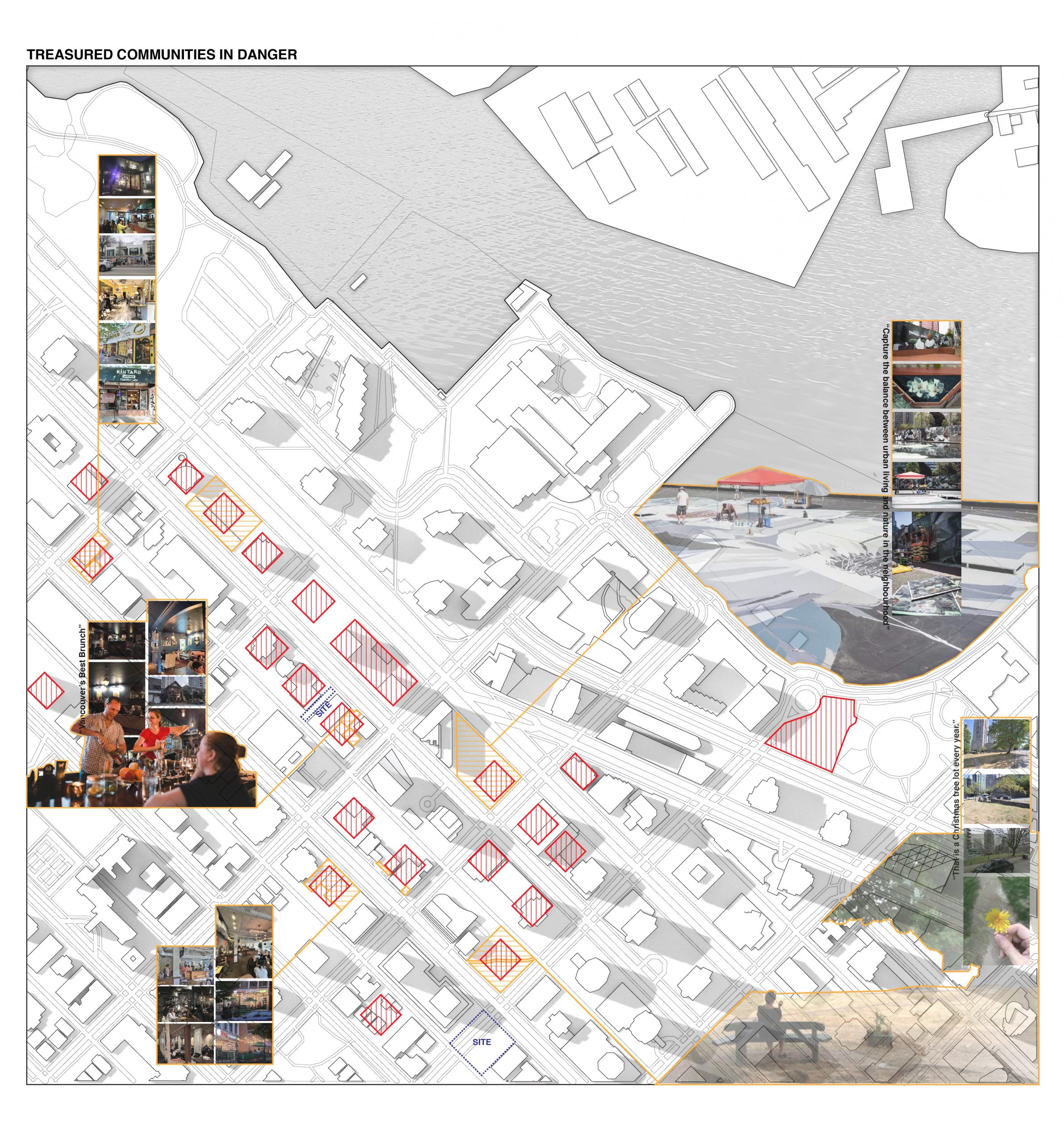
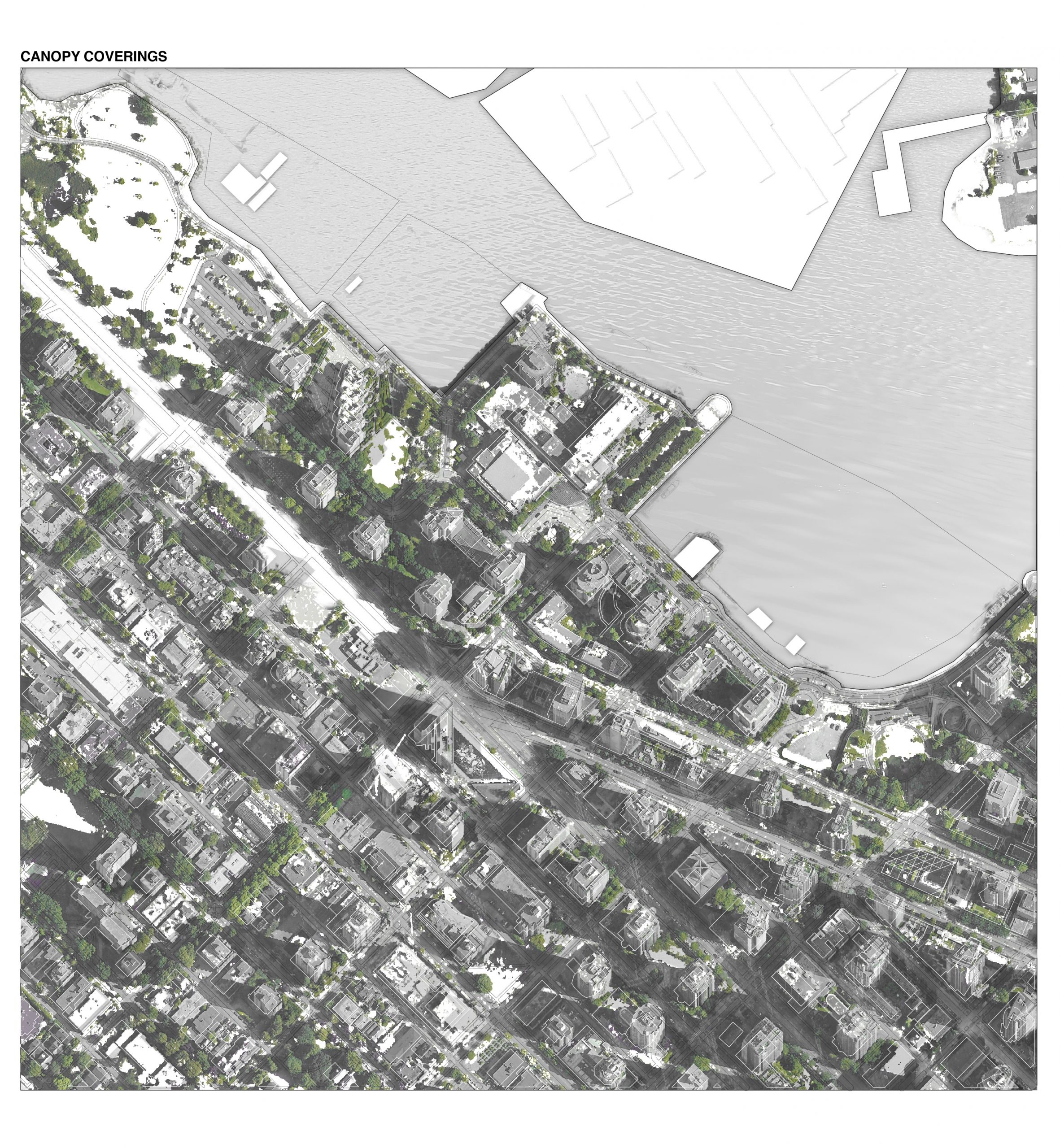








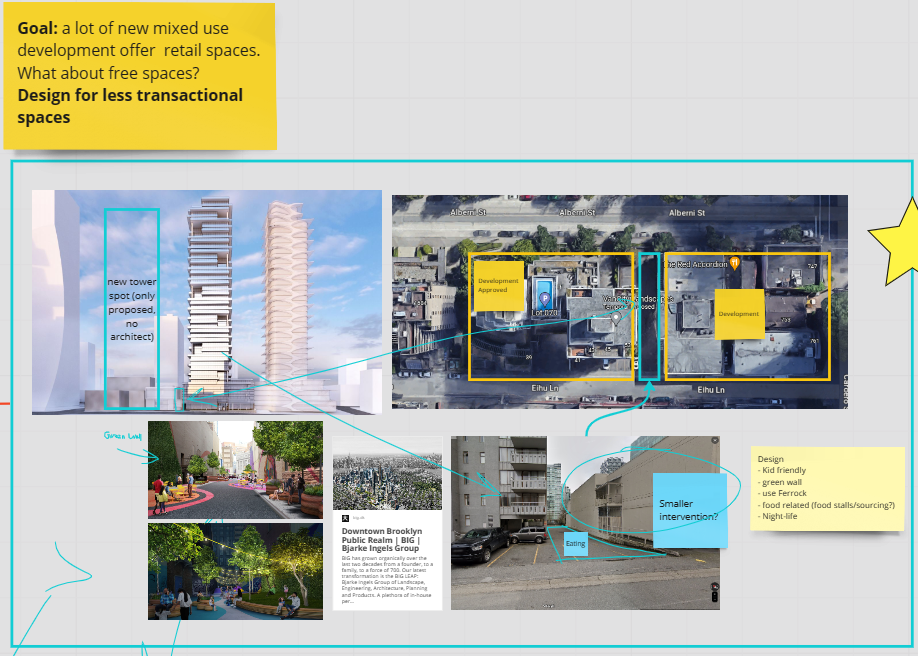



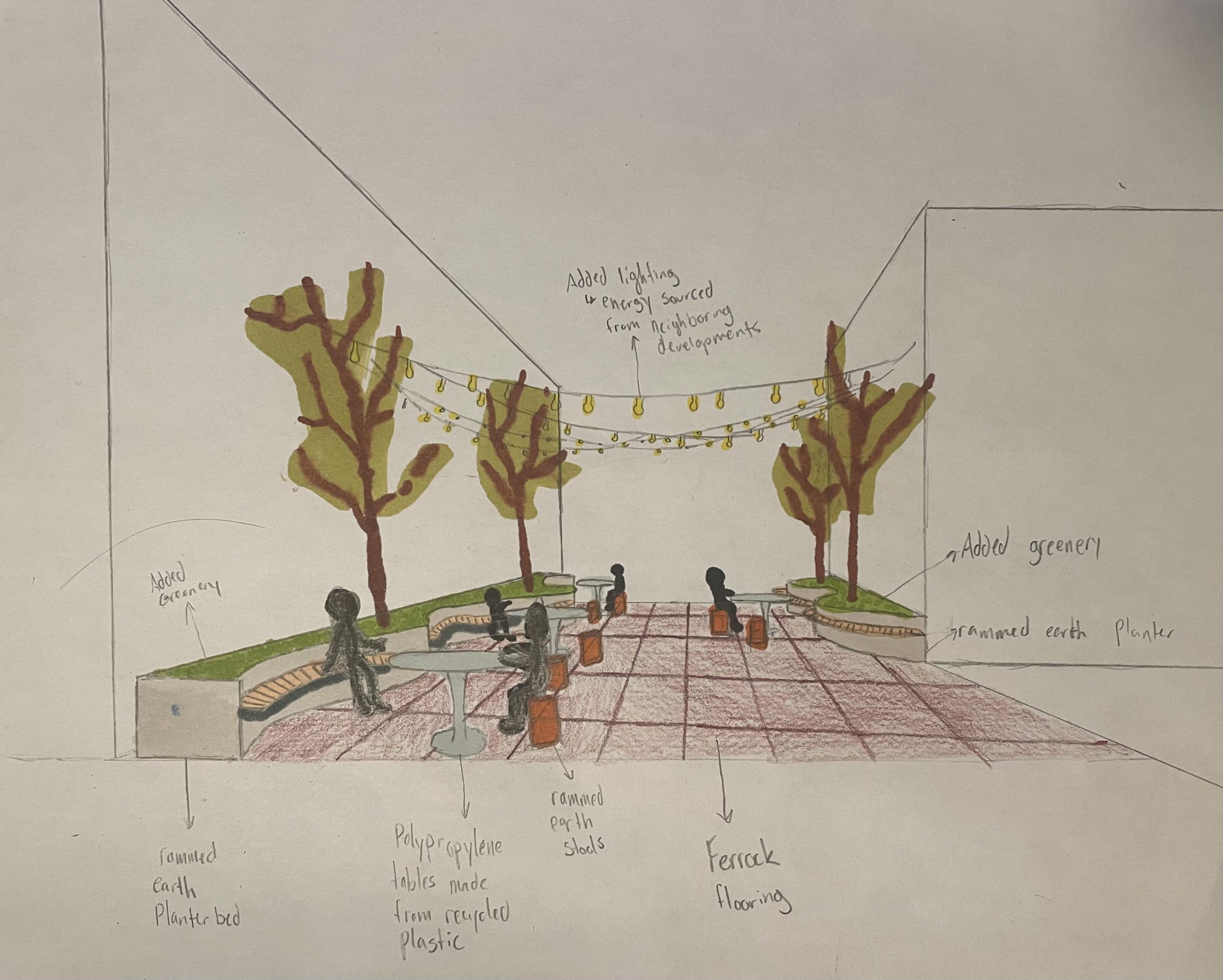
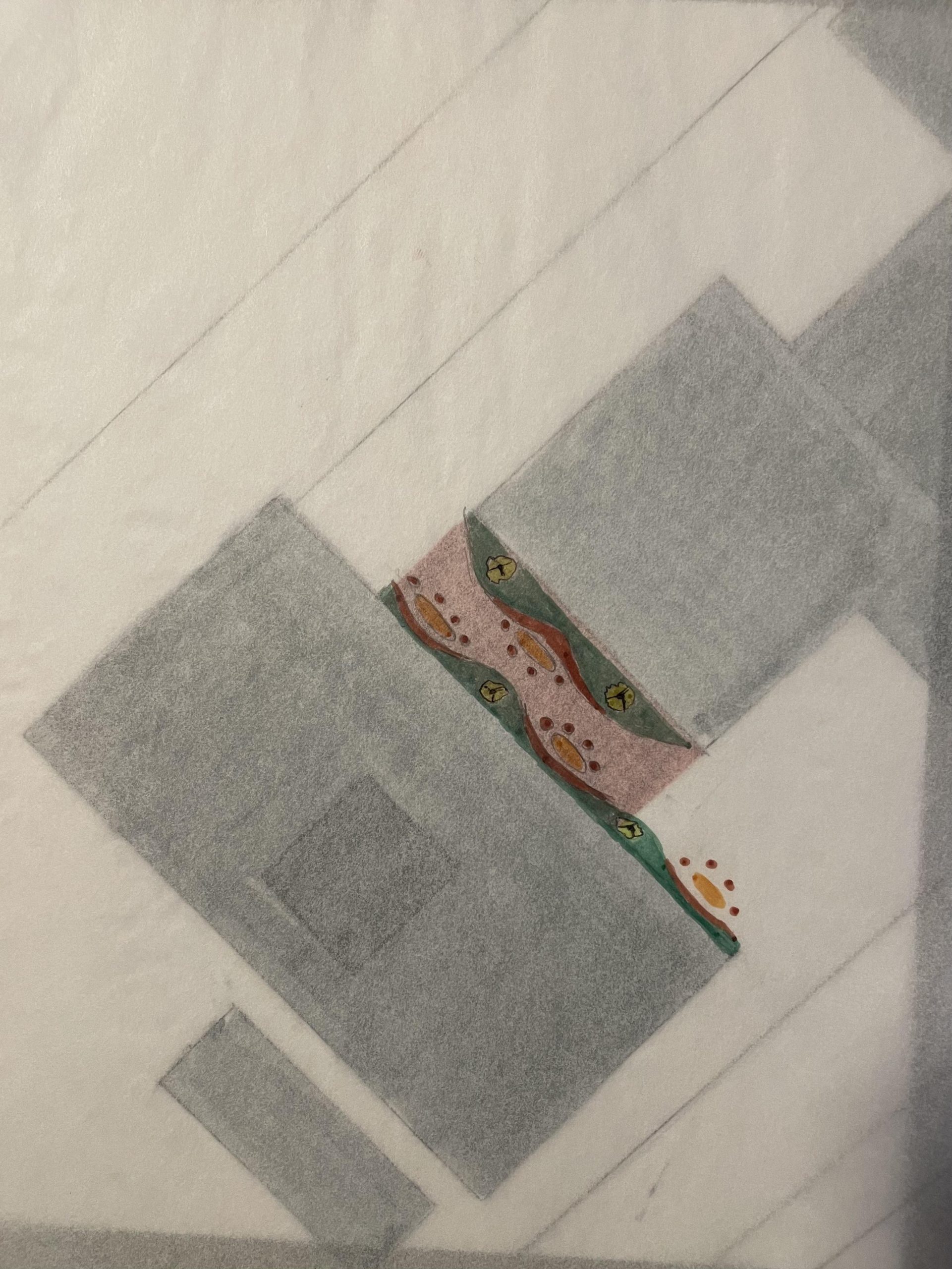
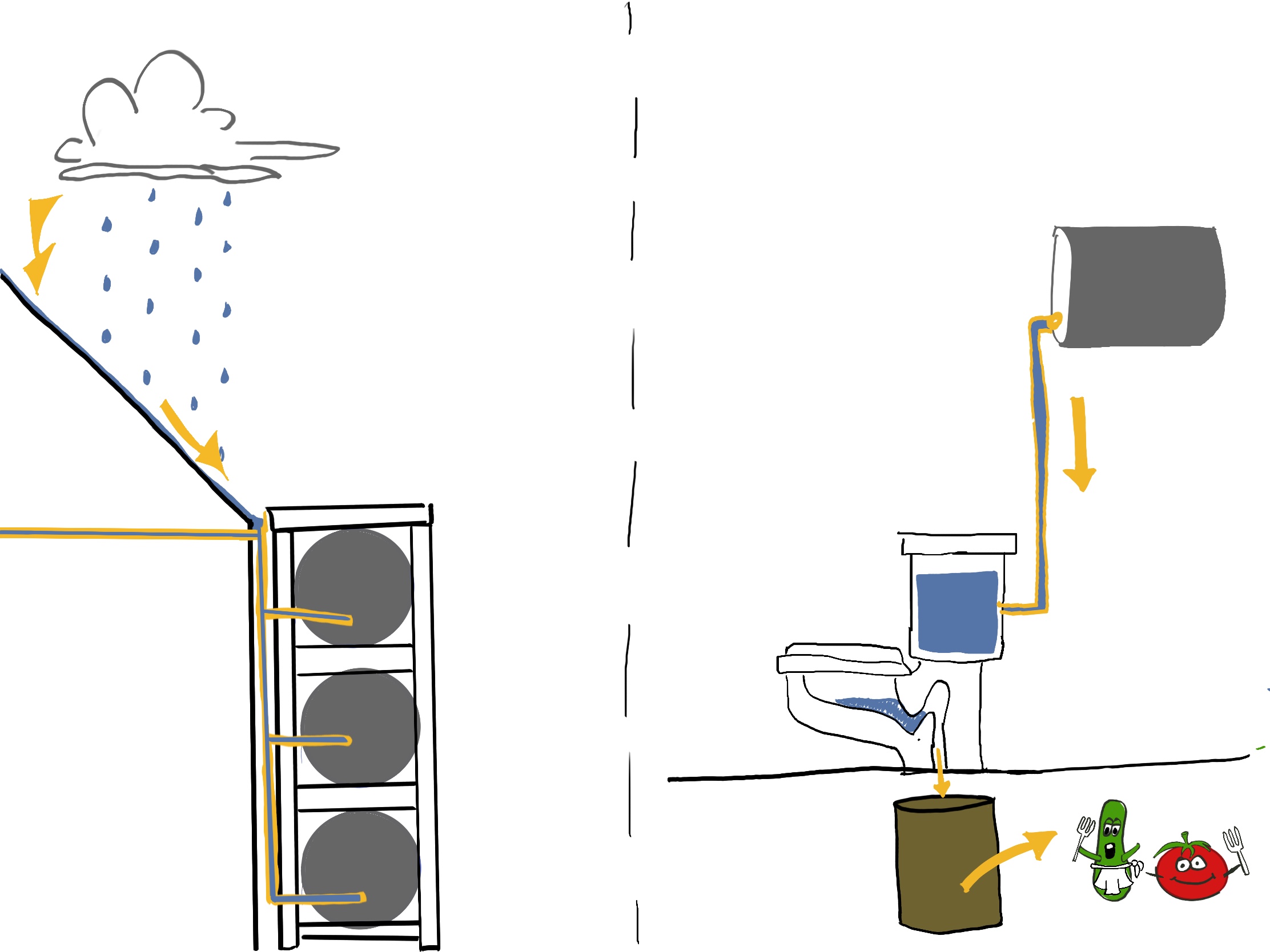

























Having focused our previous analysis on the history of real estate development in the West End, we were able to form an understanding of a few key consequences of these events. As speculation and the ongoing housing crisis incentivizes building higher, human-level community spaces are either taken away or neglected, along with the urban canopy. Further, buildings of these heights more often require strong and mass-producible materials that can only be created through harsh, carbon intensive processes. Despite creating density, this model does not necessarily correlate to sustainable communities, and takes away from the experience at ground level.
A possible manner of addressing these concerns is through re-thinking the responsibilities of developers to maintain ground level community-oriented spaces adjacent to where they profit. Through this series of small-scale interventions, we hope to prioritize design for recycling, sourcing materials from buildings that are destroyed for redevelopment, and designing such that what is built can be easily unbuilt and rebuilt into something new. Focusing on two sites adjacent to future approved developments, we are proposing the following spaces: Play, Production, and Pavilion.
The play and production spaces, located on the same site, rethink the existing community garden site into a rain garden and playground, where the entire community can be given access to growing and preparing fresh food while remaining close to their children. Through new infrastructure, the site serves to further remediate ecological impacts of density, while producing healthy food for the community, which can be enjoyed at the pavilion space, providing seating and vibrancy a short distance away.




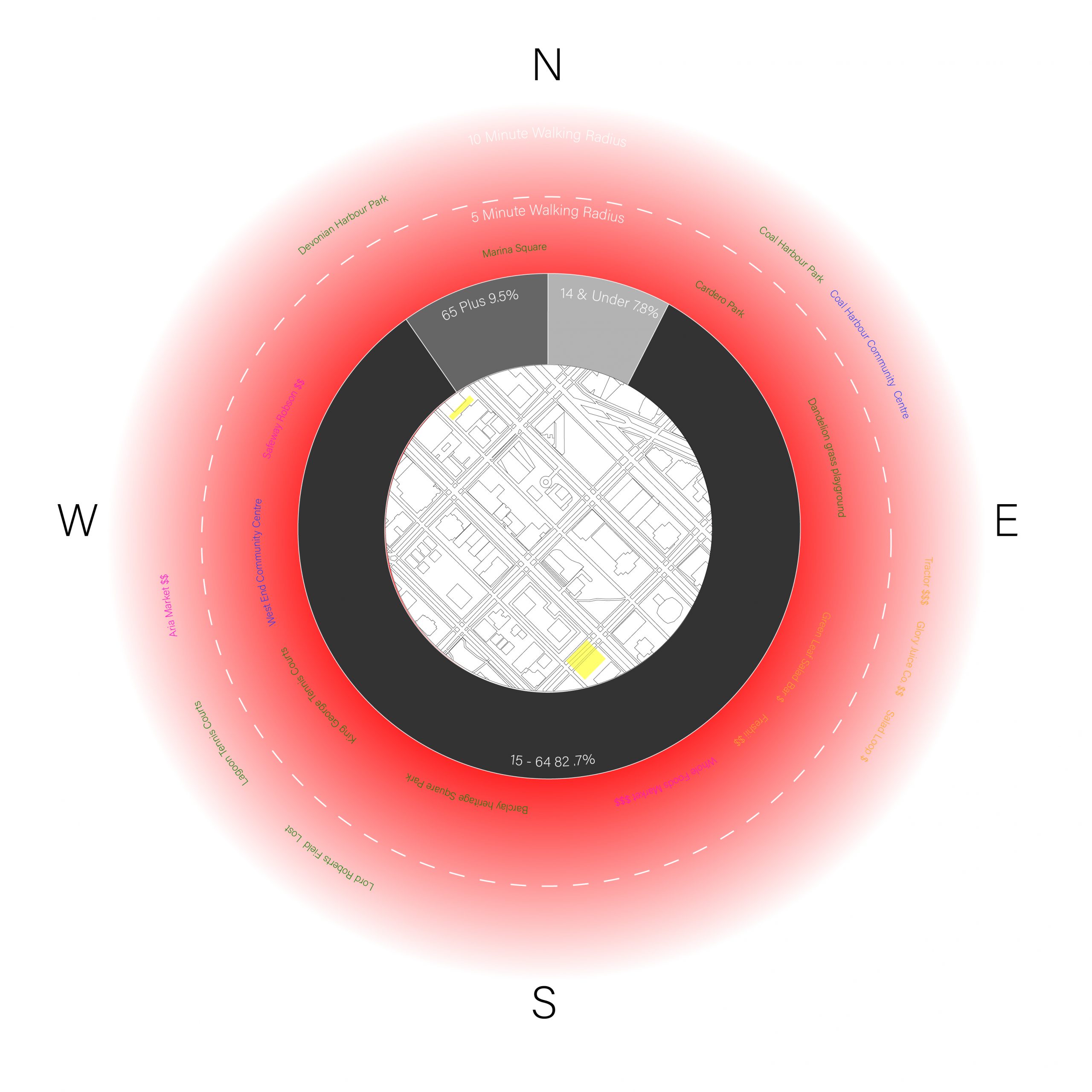

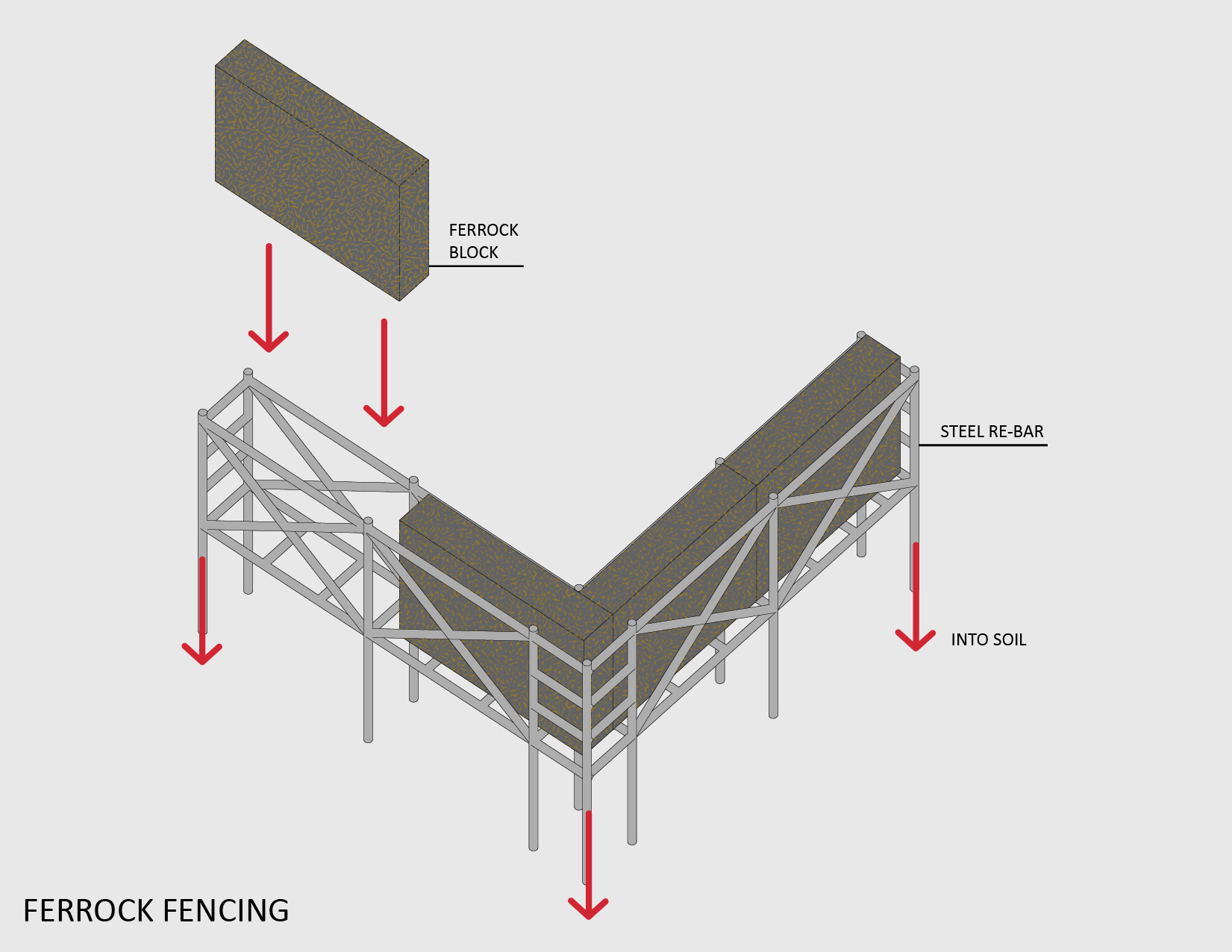
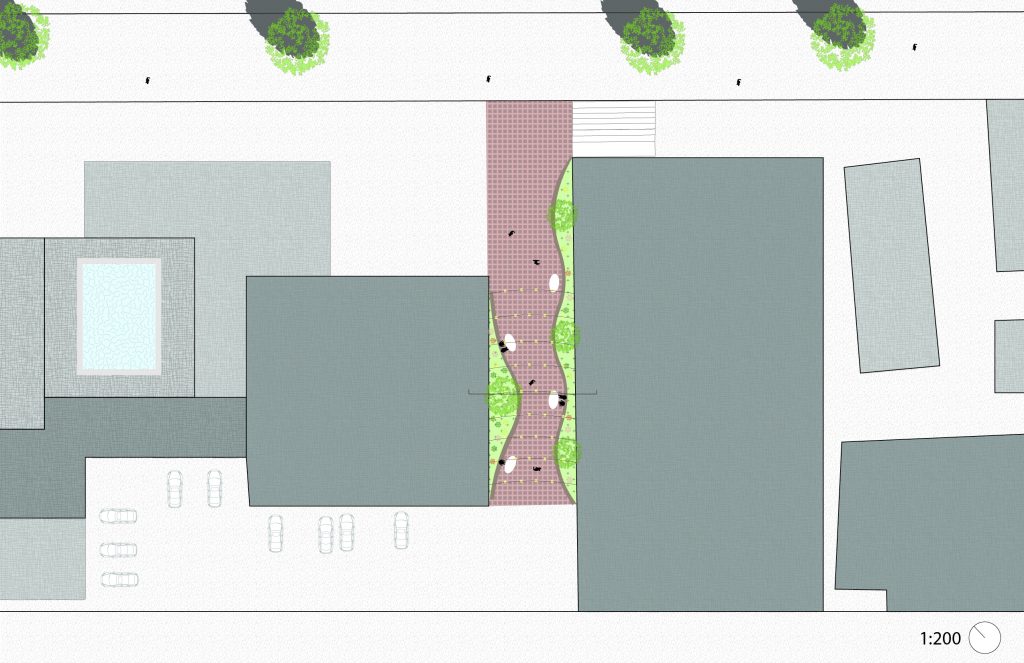

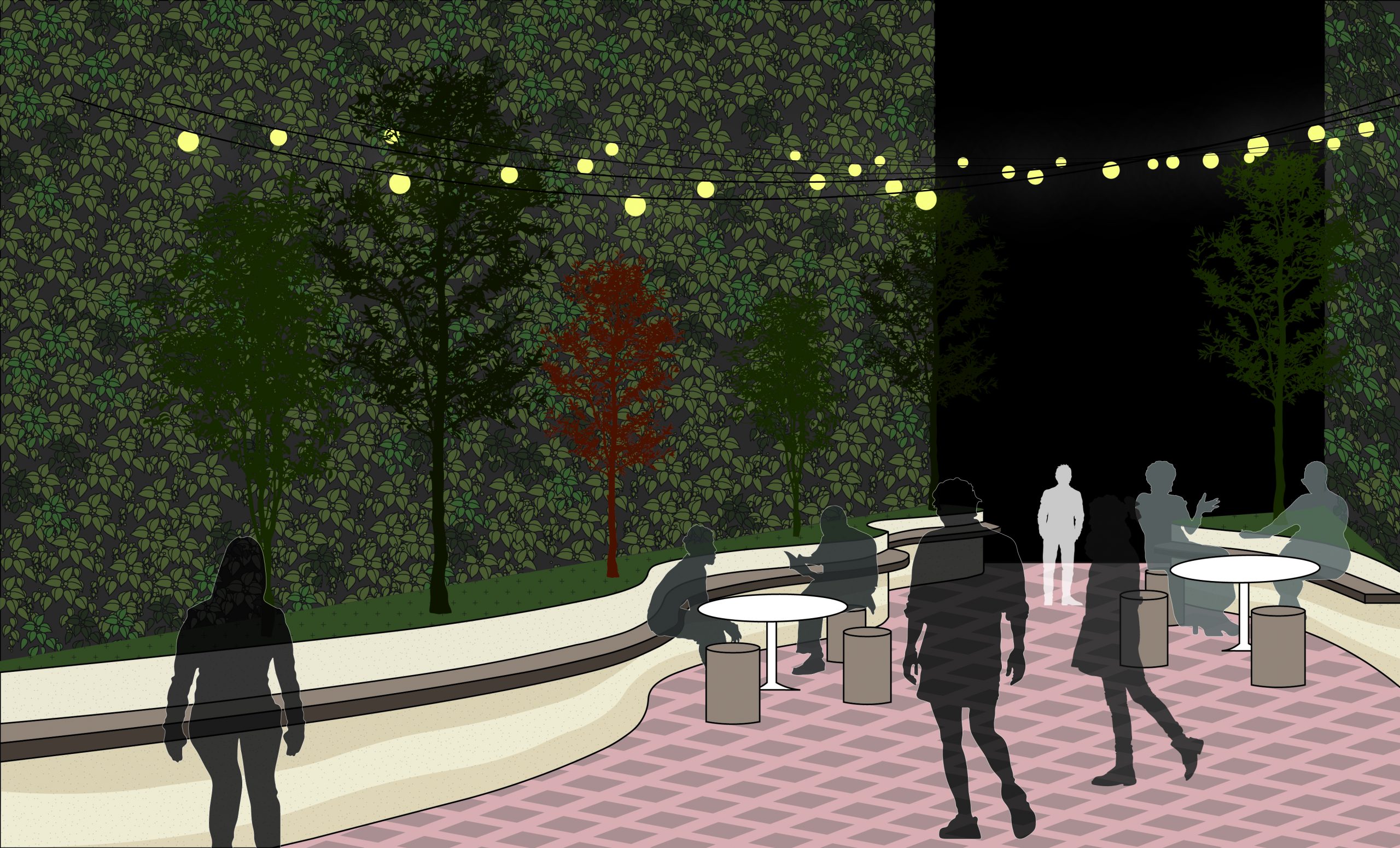

Sources:
References – Plants
https://www.wildflower.org/plants/result.php?id_plant=ROTE
https://www.wildflower.org/plants/result.php?id_plant=gash
https://www.wildflower.org/plants/result.php?id_plant=SALA2
https://www.wildflower.org/plants/result.php?id_plant=asca
https://www.wildflower.org/plants/result.php?id_plant=MOAR
https://www.gardeningknowhow.com/edible/vegetables/alfalfa/growing-alfalfa.htm
References – Rain Gardens
https://www.dauphincd.org/swm/BMPfactsheets/Rain%20Garden%20fact%20sheet.pdf
Other Research (Sustainability and Ferrock)
vancouver.ca/files/cov/urban-forest-strategy.pdf
ironkast.com/wp-content/uploads/2017/11/USC-Ferrock-Final-Paper-4.24.17.pdf
While walking on the beach, I couldn’t help but notice I was becoming exhausted very quickly. It is more difficult to keep stability on deep sand than it is on solid ground, and requires more energy as well. You have to lift your foot vertically out of the sand as well which requires knee bending that many people may not be capable of doing comfortably or without pain.
Farther from the beach, on the sidewalk adjacent to the road, I saw someone using a walking cane and realized that it must be pretty difficult to use a cane on a sandy beach. The lack of a solid surface to plant the cane on for stability seems like it would clearly pose some issues. It is unfortunate that there aren’t many solid walking paths within the sandy area. However, I think it might be possible to adapt the traditional walking cane to be better built for sandy terrain.
The issue might be addressed by creating a larger surface area that would come in contact with the ground. I modeled the new cane after ski poles – for deep powder you typically want to use a similar style basket a the tips of your ski poles, the increased surface area helps with stability so your poles can compact the snow instead of sinking.
I looked at an intersection that is located adjacent to an elementary school near the house I grew up in. The neighborhood, like many in Calgary, is not very walkable. On weekdays before school, and after students are dismissed, there is a lot of congestion on this specific intersection and it doesn’t seem like the safest situation to have kids running around in every day.

Excluding the highway, the map below shows the approximate area that can be reached within a 15 minute walk of that intersection, which includes four schools located on the perimeter of a loop created by the two larger roads in the neighborhood. This area includes a handful of bus stops, a gas station, a church, and a lot of single family homes. During the morning school rush the two main roads become incredibly congested and it is nearly impossible to leave this area.
This is a mental map of Calgary and its surroundings. Anything directly adjacent to the train tracks can be reached by the LRT line I live near. I grew up in the “Deep Suburbs” in the South West, and don’t really drive on my own, so my knowledge of what exists in this city is limited to what can be reached by transit in an hour (1h 30 max). As a primarily transit commuter, more than half of this city is entirely unfamiliar to me despite living here for my entire life.